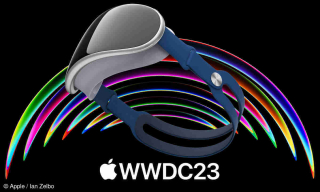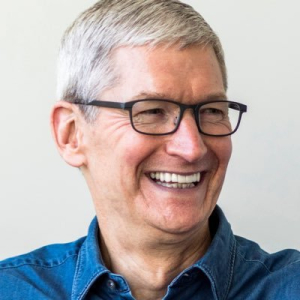 Tim Cook taught Apple to play a long game.
Tim Cook taught Apple to play a long game.
Cook became CEO in 2011 on the heels of the iPhone revolution. By turning a PC into a handheld device, as I wrote about 20 years earlier in “A Guide to Field Computing,” Steve Jobs’ Apple changed the way we live.
Cook doesn’t roll sell revolution. He sells evolution. Turning Apple into a Cloud Czar was evolutionary, being built on an existing services business. The Apple Watch was the same, built on an existing health business. Both efforts were widely ridiculed. Services are now a $40 billion/year business, wearables lilke the Watch an $18 billion/year business.
So the $3,500 Vision Pro headset doesn’t have to be huge out of the box. It can be an executive toy, used for going to the NBA Finals from Dubai, or delivering multi-million dollar presentations to a single executive decision maker. Apple can build the business organically, letting tenants experience a newly built building or showing doctors how to do an operation with the DaVinci robot.
 Most of these niches are business to business, and that’s an important point. Apple is known as a consumer brand, but there’s a world of business outside that niche waiting for its leadership. A unique product, a headset 10 times better than Meta’s, is one way in.
Most of these niches are business to business, and that’s an important point. Apple is known as a consumer brand, but there’s a world of business outside that niche waiting for its leadership. A unique product, a headset 10 times better than Meta’s, is one way in.
A more important Apple question is who follows Cook. He’s still a few years from retirement at 62. Before the pandemic COO Jeff Williams was being teased as the guy. He’s not the guy. At age 60, he’s the designated survivor if a truck runs over the main man. Even Craig Federighi, whose title is senior vice president for software engineering, is 54. Cook took over at age 50.
If you want to worry about anything involving Apple, worry about that. Succession, beyond TV, is always fraught, and the successors are often wrong.









